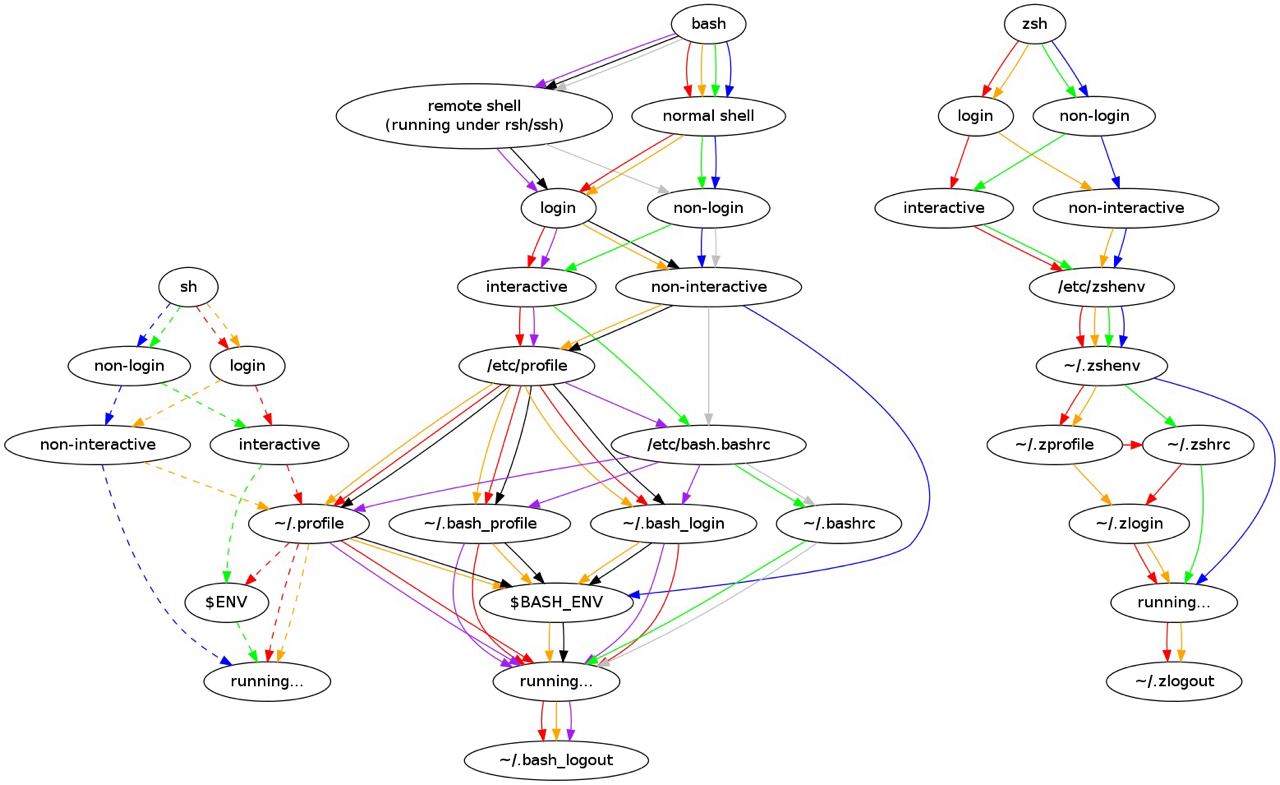

In contrast, and I say this as someone who has used various types of Unix and Linux for a long time, I think this is an excellent use for AI, just be sure to use it to teach you things not just to solve your problems for you.
What I mean by this is I have found (mostly Claude) to be great at explaining concepts, especially if you use it to make analogies to something you know. It is absolutely not right every single time but I have had great luck with questions like “explain to me how to X in Y tool, I know how to have the same outcome by doing A in B tool” or “explain to me how docker works using a rocket as a metaphor” or things like that. Also I use it a lot for new subjects where I don’t know what to search for quite yet and I can just give it a long rambling explanation and example and ask it for 3 suggestions to research further or things to check. It is kind of useful as an expensive search engine but if you use it like a research engineer to get you started it can be really helpful in my experience.
As others have said though, I have been doing it forever both personally and professionally and I am definitely still learning. Linux knowledge is more of a skill to develop over time not something that is easy to master because it continually changes. Learning how to find or figure out the answers is the most valuable skill though, it’s impossible to remember everything. That and often there is no single right or correct answer for every situation but there are a lot of options and opinions and often more of the latter than the former. That said though usually the best answer is the one that I forget about because it functions forever and doesn’t blow up in my face hah.
Anyway, hope at least some of that is helpful, best of luck!
:wq




Lots of good advice here and I am not THAT old but here are a few things I wish I had realized sooner in life (in no particular order or theme):
The biggest thing though, there isn’t one correct way to live your life and anyone telling you differently is probably selling you something. Always try to learn something from every situation and you will be fine, mistakes are a part of life. Anyway, hope at least some of that is helpful!